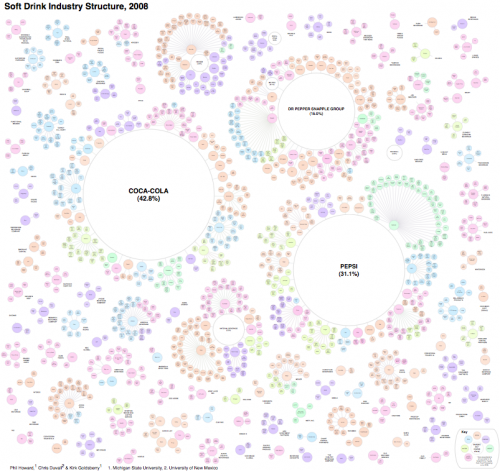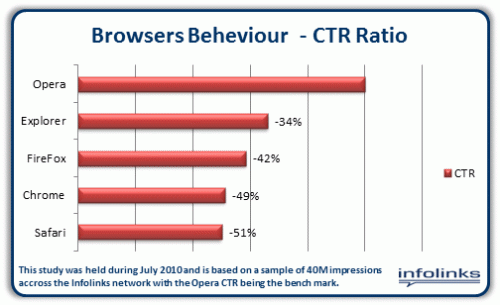There were plenty of news recently about Russia in general and its president Dmitry Medvedev in particular taking steps towards building up some technology innovation in the country. Medvedev visited a number of technology companies in the Silicon Valley. And there were a few announcements about some sort of technology center being built in Skolkovo, next to Moscow. Most Russians that I’ve talked to about this are very skeptical (me included).
In fact, I’m not even interested on how this project goes now and who is involved with it. At least, not in Russia. But there are some interesting developments internationally. One example in particular that I want to mention is Yaroslavl Roadmap 10-15-20.
As part of the Skolkovo project, Russian government requested some expert help on figuring out the best approach and course of action. One source of such expert advise came from the New York Academy of Science. In fact, I think they have done some spectacular research and managed to summarize it in a very concise report. They titled it “Yaroslavl Roadmap 10-15-20: 10 Years to Implement, 15 Steps to Take, 20 Pitfalls to Avoid—International Experience and the Path Forward for Russian Innovation Policy” (PDF, 3.7 MB, 128 pages).
In essence, it is a very compact review of how technological innovation was formed and grown in Israel, Finland, Taiwan, India, and USA. It summarizes they key points, successes and failure. It also briefly describes the specifics of each country and how those specifics affected the chosen path. It then describes the key specifics of Russia. Once all that is done, a roadmap is presented, with both generic bullet points and a time table of steps that have to be taken.
And even if my feeling is that this whole work will be completely ignored in Russia, I still think that the report has plenty of interesting information for a lot of other people. If you work in, with, or near technology, you should download the PDF and at least scroll through it. If you ever were interested in Silicon Valley, how it came to be, and if or how it can be created somewhere else, then you should definitely download the report.
I downloaded it a few days ago and barely looked through it, but even that alone gave me plenty to think about. But there is way more than that. It needs careful reading and studying, which I will do the soonest. Brilliant stuff!


